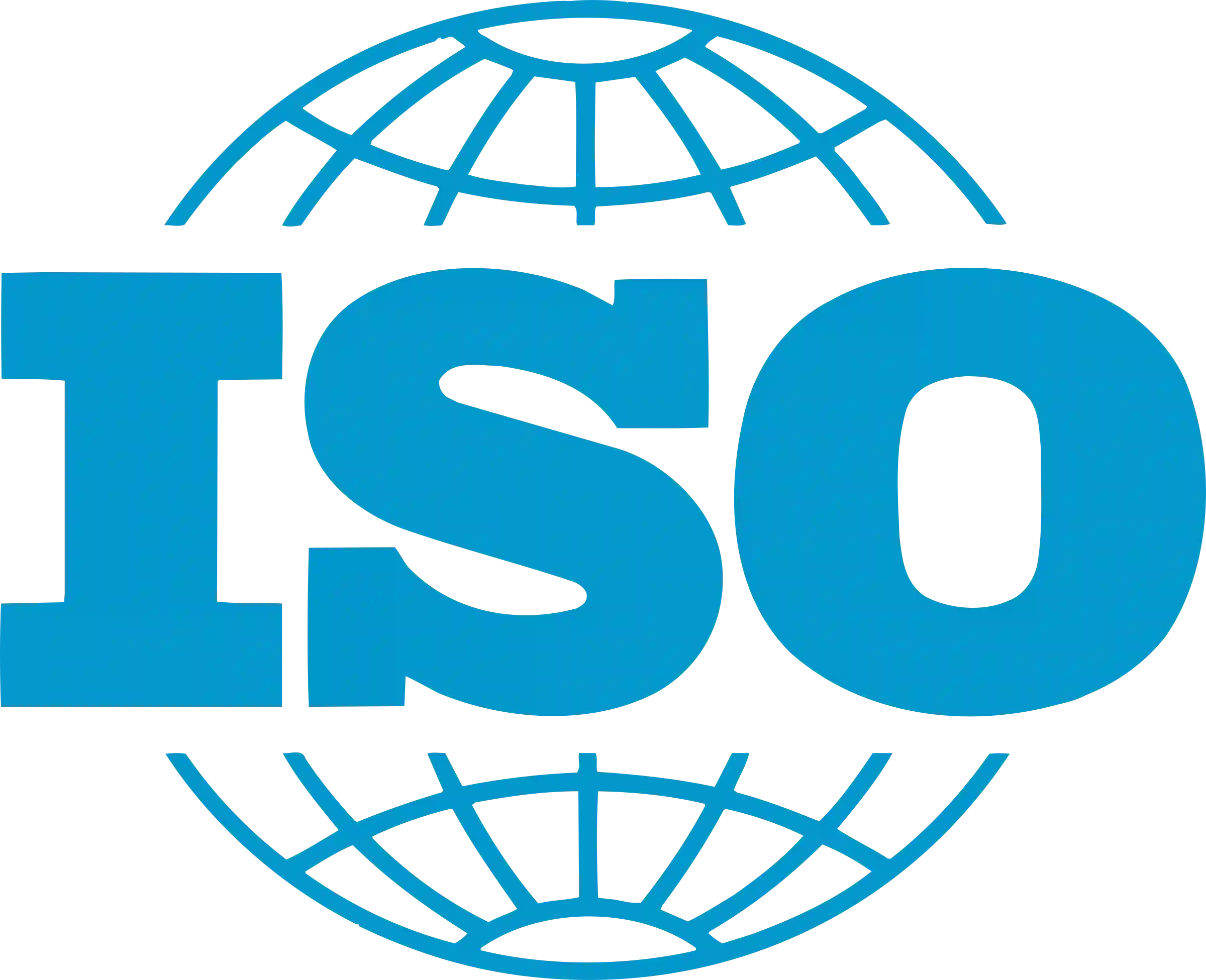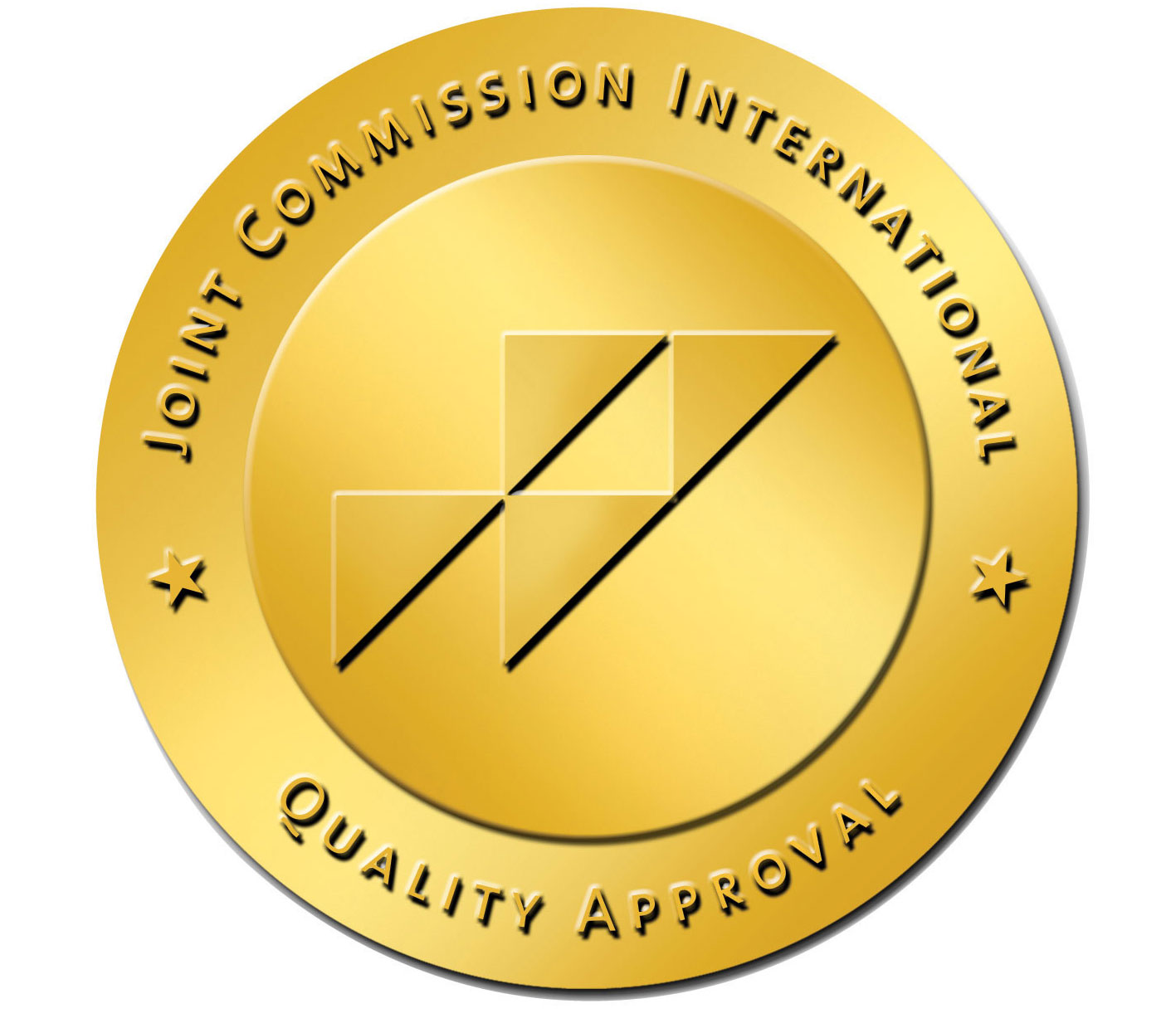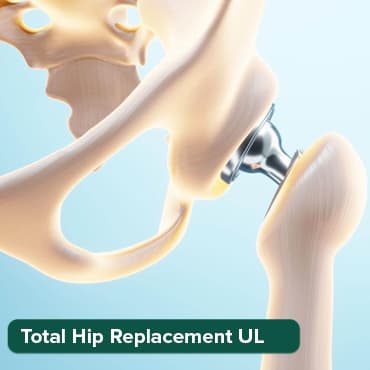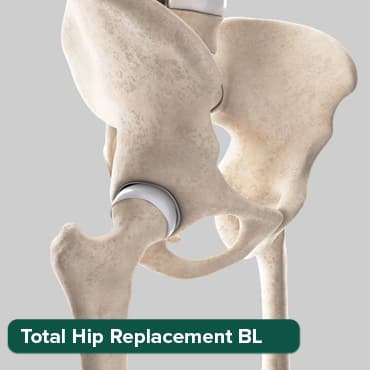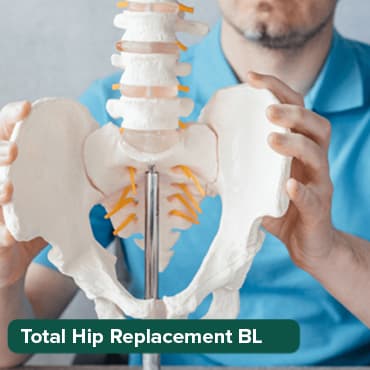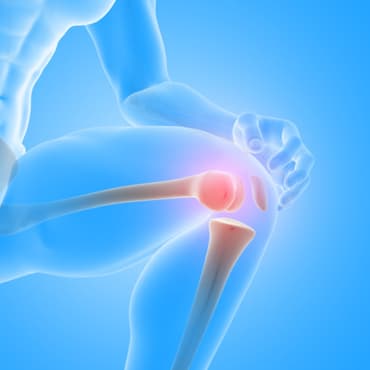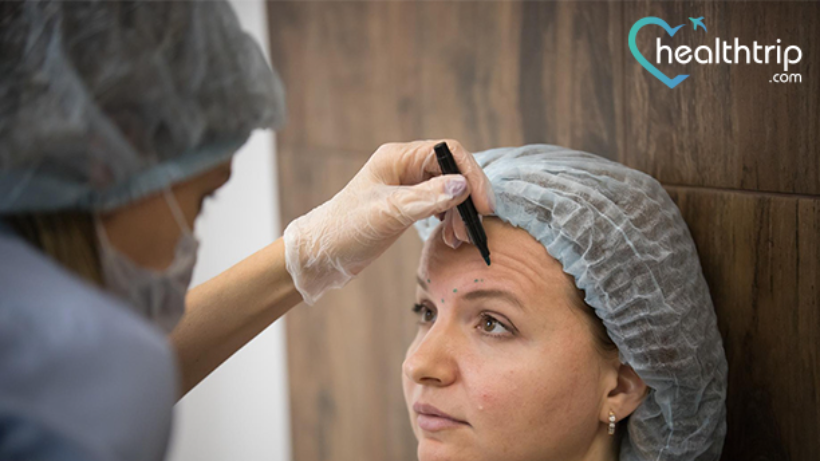
Forehead Osteoma Natural Treatment
07 Oct, 2022
Forehead osteoma
Osteomas are benign lumps that develop as a result of an abnormal outgrowth of bones. These are most likely to develop in different areas of the head or skull, as well as in the neck. Despite being non-malignant, these can trigger symptoms that can interfere with the patient’s quality of life. These include severe headaches, frequent sinus infections, loss of hearing, and vision-related defects. The problem is not as common in children as it is in adults and is usually asymptomatic, making the diagnosis difficult in the initial stages. Forehead osteoma presents as a bump that is fixed in one place. These develop at a significantly slower pace and you will usually see them in people lying in the age group of 20 to 40 years. There is no particular underlying cause that can be pinpointed, however, it could possibly be genetic or caused by a severe injury.
Will forehead osteoma go away?
Forehead osteoma may or may not go away on its own. Even if it does, it may take several years for that to happen. Till then, you will have to cope with the pain which is very common in patients with osteoma. NSAIDs recommended by your doctor will help you with the same.
Transform Your Beauty, Boost Your Confidence
Find the right cosmetic procedure for your needs.

We specialize in a wide range of cosmetic procedures

What causes forehead osteomas?
There are several different factors that may be responsible for causing forehead osteoma and these include traumatic injury, inflammation, developmental abnormalities, and genetic defects.
Forehead osteoma natural remedies
There is no natural remedy for curing an osteoma and these may only help with the symptoms. The growth can either be removed using an endoscopic approach or via non-invasive means using the radiofrequency ablation technique. If you are wondering how to get rid of a forehead osteoma, it is important to see a doctor and explore the various surgical and non-surgical modalities available.
The classic approach uses an endoscope. This is performed via tiny incisions that are made on the scalp or hairline. Special surgical equipment is used to reshape the bone with the help of detailed imaging guidance offered by the endoscope
Radiofrequency ablation aims at destroying the nerve endings that are responsible for triggering the pain. The procedure helps to target the growth precisely, thereby making it possible to preserve the patient’s healthy bone.
Is forehead osteoma removal surgery painful?
Doctors usually resort to a minimally invasive approach for removing the osteoma and this is done under the influence of anesthesia. Most patients get back to their normal lives within a day or two, while others may take a little longer. Slight discomfort and inflammation are possible at the surgical site, which can be easily managed with the help of an ice pack.
Is it necessary to undergo treatment for forehead osteoma?
No, it is not always necessary to remove the osteoma. The aim of the surgery is to relieve the symptoms and enhance the patient’s appearance, however, if you are not experiencing any symptoms and do not feel like having the surgery, you can consult your doctor and avoid going for the surgery if they give you a green signal for the same.
Can forehead osteoma grow?
As mentioned earlier, forehead osteomas are non-malignant, however, these can grow to a certain extent, but not more than 1.5 cm. The rate at which these grow is extremely slow and may even seem negligible in some cases.
How can we help with the treatment of forehead osteoma?
If you are looking for osteoma surgery in India then be assured as our team will assist you and guide you throughout your medical treatment in India.
The following will be provided to you:
- Expert doctors and surgeons
- Transparent communication
- Coordinated assistance
- Prior appointments with specialists and follow-up queries
- Assistance with medical tests
- Assistance in follow-up queries
- Assistance with hospital formalities
- 24*7 availability
- Assistance with physical therapy
- Rehabilitation
- Travel arrangements
- Assistance for accommodation and healthy recovery
- Assistance in emergencies
Our team offers the highest quality health travel and aftercare to our patients and we have a team of dedicated health professionals that will assist you throughout your medical journey.

